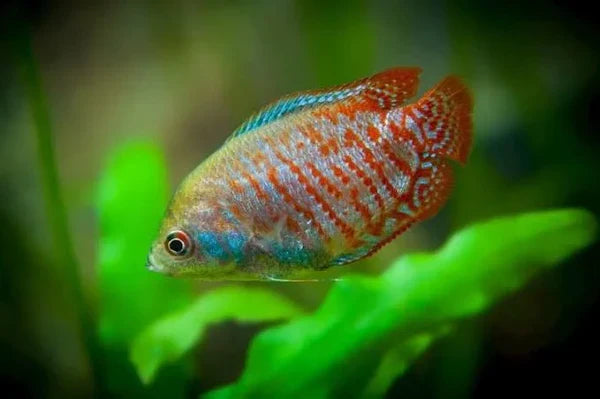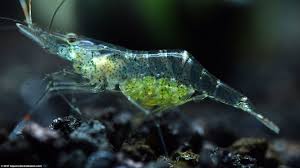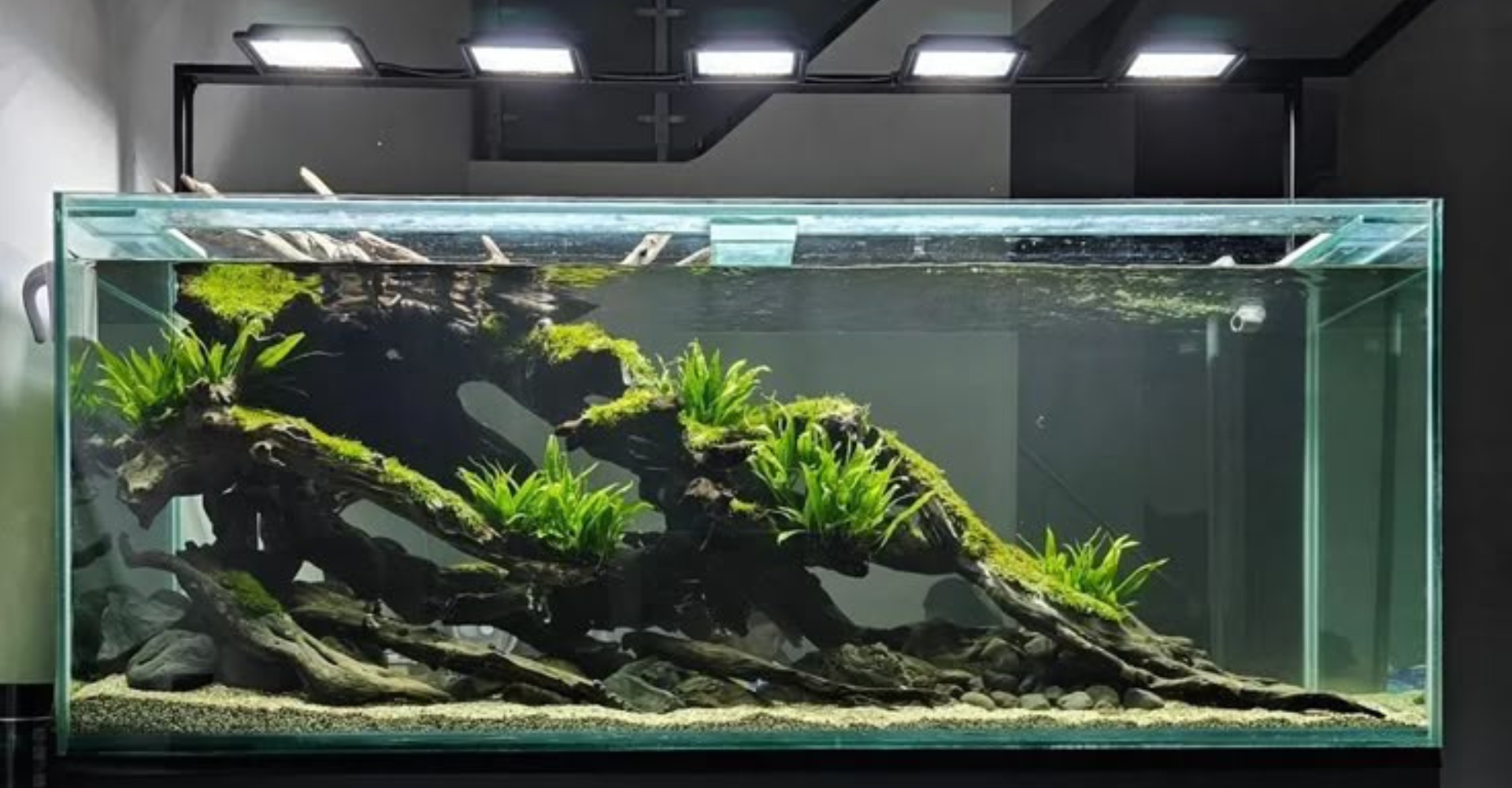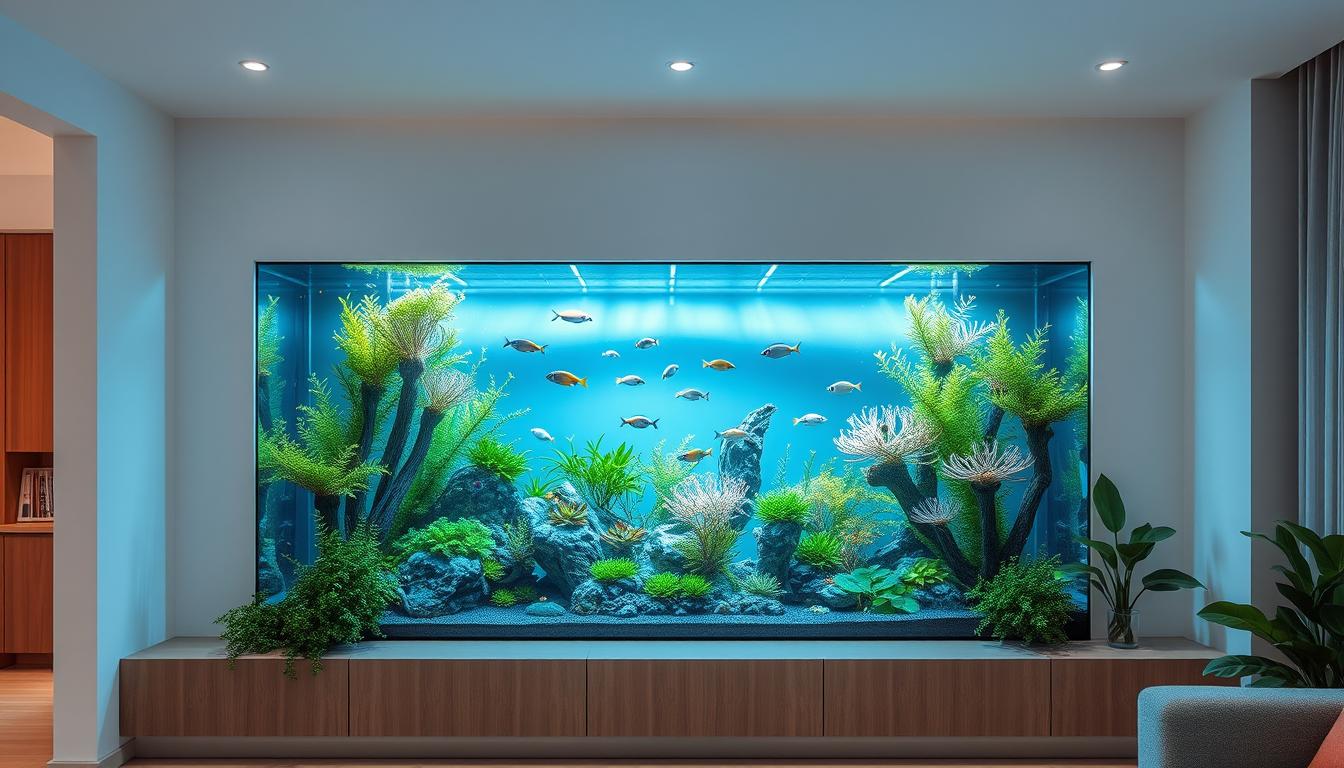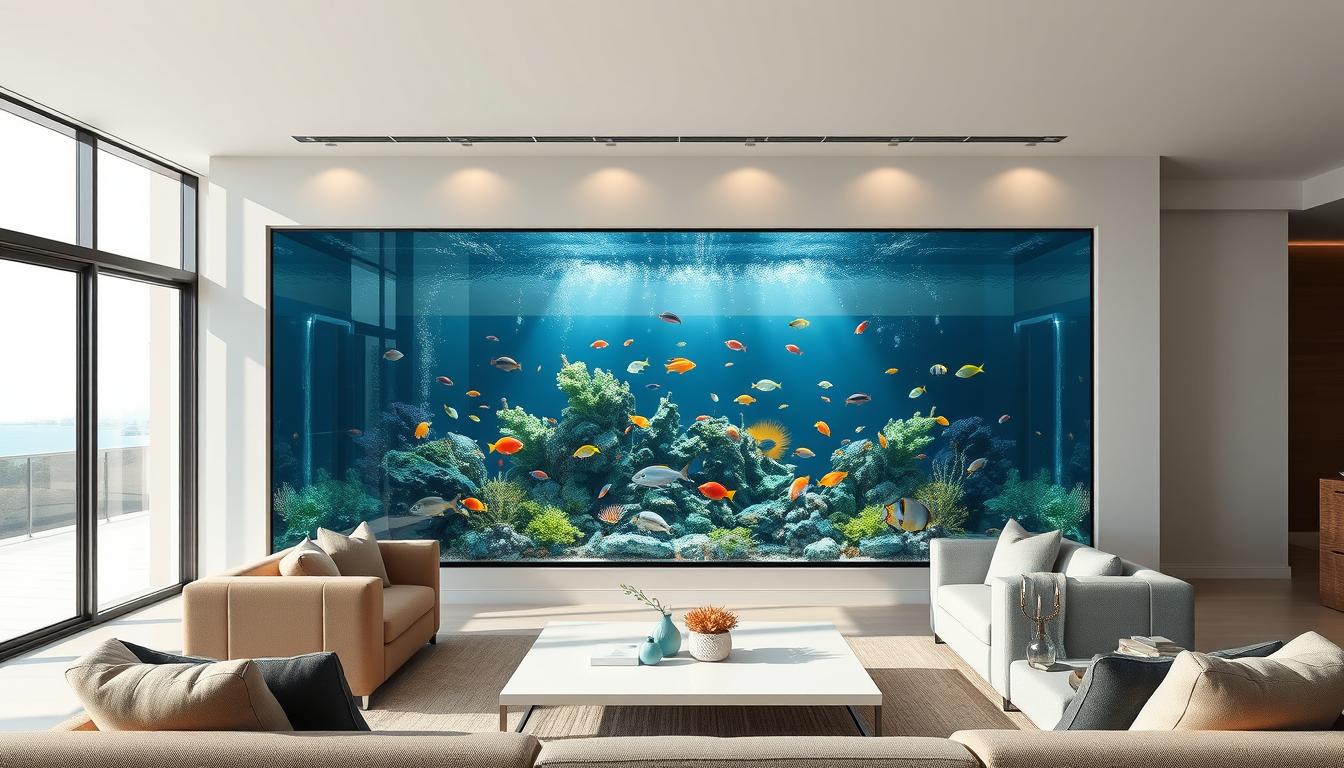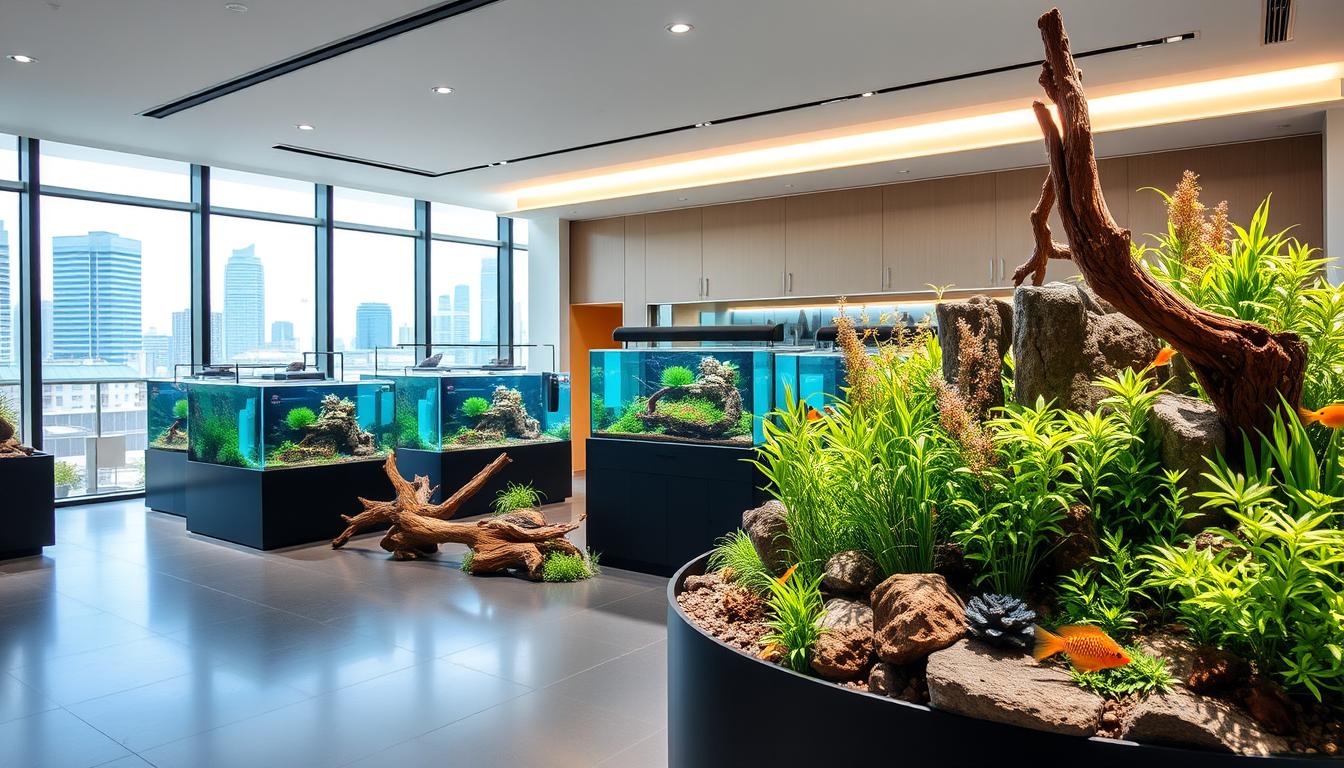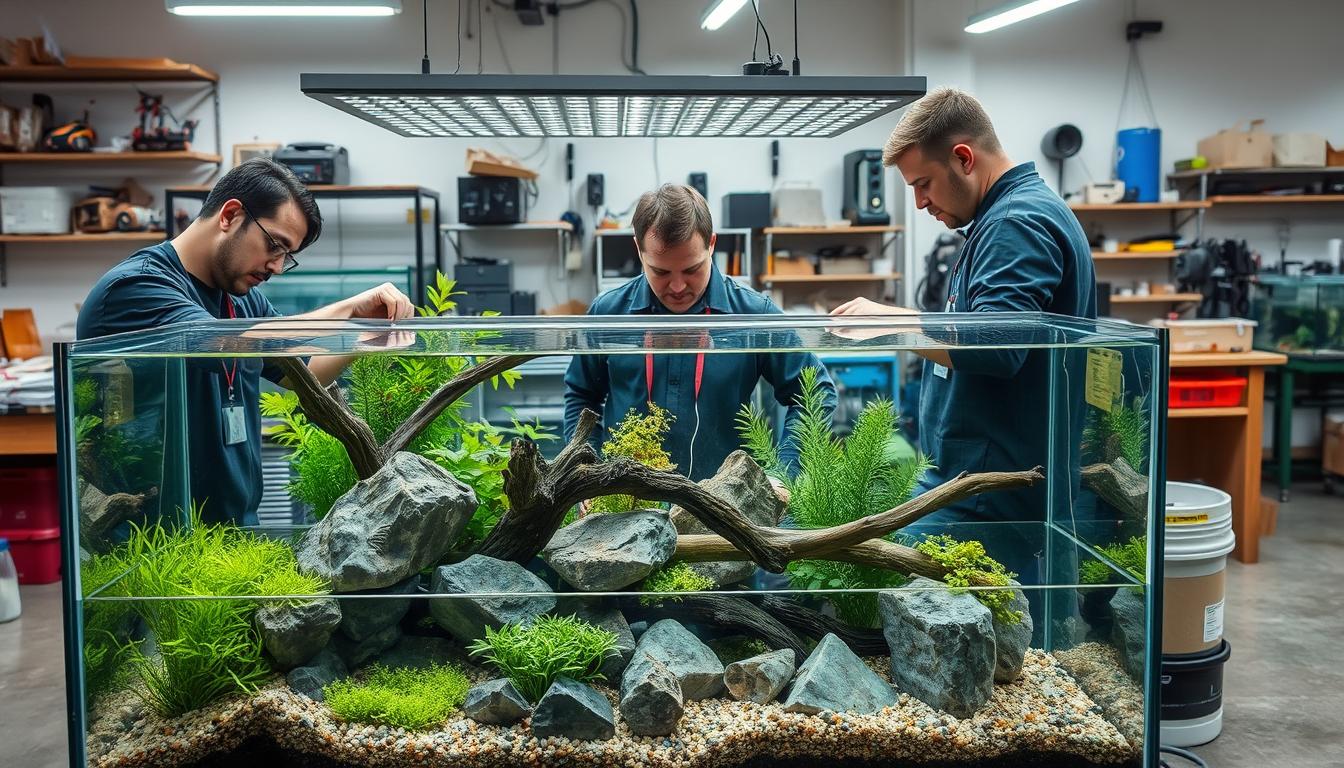Starting a vibrant aquatic ecosystem at home brings joy, but it’s not just about filling glass walls with water. A well-planned habitat requires thoughtful preparation to balance aesthetics and functionality. This guide simplifies the journey, helping you avoid common pitfalls while building a sustainable environment for your aquatic companions. Choosing the right foundation matters. Substrate quality, filtration systems, and lighting all play roles in mimicking natural conditions. Beginners often overlook the nitrogen cycle, which establishes beneficial bacteria to break down waste. Skipping this step risks unstable water parameters, stressing delicate species. Properly treating tap water removes harmful chemicals like chlorine before adding lifeforms. Testing kits become your best mate here – they’ll help track ammonia spikes during the initial weeks. Pairing hardy plants with compatible species creates resilience while your system matures.
Key Takeaways
- Plan every detail, from space allocation to long-term maintenance routines
- Select filtration and heating gear suited to your container’s size
- Always dechlorinate tap water before introducing living organisms
- Allow 4-6 weeks for biological filtration systems to stabilise
- Start with robust species that tolerate beginner learning curves
- Monitor water chemistry weekly using reliable test kits
Choosing the Right Aquarium and Location
Finding the ideal home for your underwater companions requires thoughtful planning and placement. A suitable environment combines space efficiency with practical access to resources. Let’s explore how to match your aquatic residents’ needs with your living area’s constraints.
Determining the Ideal Tank Size
Size matters more than you might think. Overcrowding stresses aquatic life and strains filtration systems. A good rule? Allow 4 litres of water per 2.5cm of adult fish length. Measure your space carefully, including vertical clearance for maintenance tasks.
| Fish Type | Adult Size | Minimum Tank Size |
|---|---|---|
| Small schooling species | 2-5cm | 40 litres |
| Medium community fish | 10-15cm | 100 litres |
| Large solitary species | 20cm+ | 150+ litres |
Picking a Stable and Safe Environment
Location impacts both safety and maintenance. Avoid spots near windows – sunlight fuels algae growth and causes temperature swings. Ensure the stand can support the tank’s weight when full (water weighs ~1kg per litre). Position near power outlets for heaters and filters, but keep cords away from moisture. Check the floor’s load-bearing capacity, especially in older Australian homes. A 200-litre setup weighs over 200kg! Leave 15cm clearance around all sides for cleaning. Pair sturdy stands with vibration-free surfaces to prevent stress cracks.
Preparing Your Aquarium: Cleaning and Substrate Setup
A pristine foundation sets the stage for aquatic success. Every surface and material needs careful attention to create a toxin-free space. Let’s walk through the essential steps to transform raw materials into a secure habitat. https://www.youtube.com/watch?v=CjNTUbUnwfY
Rinsing Gravel, Rocks, and Decorations
Begin by washing all components thoroughly. Pour your chosen gravel into a colander and flush it under tap water until the runoff becomes clear. This removes fine particles that could cloud the water later. For glass surfaces, use a soft microfiber cloth dampened with plain water. Avoid harsh scrubbing tools – even minor scratches can trap algae. Decorative items like driftwood often need multiple rinses to eliminate tannins. Always skip soaps or detergents. Even trace amounts can disrupt water chemistry. Stick to untreated tap water for every cleaning stage. When laying the substrate, aim for 5-7cm depth in most setups. Adjust this based on your filter type:
- Under-gravel systems: 7-8cm for optimal flow
- Hang-on-back filters: 5cm to prevent debris buildup
Allocate 30-45 minutes for the initial rinse process. Rushing this stage risks introducing contaminants that could stress your aquatic residents later. Patience here pays off in clearer water and healthier conditions from day one.
Essential Equipment and Supplies for Your Aquarium
Creating a thriving underwater environment starts with reliable gear. Three core systems work together to maintain balance: filtration, temperature control, and lighting. Choosing quality tools tailored to your container’s volume prevents common headaches down the track.
Filter, Heater, and Lighting Options
Biological filtration relies on beneficial bacteria to break down waste. Hang-on-back models suit smaller containers, while canister filters handle larger volumes. Pair these with adjustable heaters – aim for 1-2 watts per litre based on room temperature. LED lighting offers energy efficiency and customisable brightness. For planted environments, select full-spectrum bulbs that mimic natural daylight cycles. Always check manufacturer specs for compatibility with your container’s dimensions.
| Equipment Type | Key Features | Best For |
|---|---|---|
| Hang-on-Back Filter | Easy maintenance, space-saving | Containers under 100L |
| Canister Filter | High flow rate, multi-stage cleaning | Larger setups |
| Adjustable Heater | Precise temperature control | Species-sensitive environments |
Water Conditioners and Test Kits
Tap water contains chlorine that harms delicate ecosystems. Neutralising agents instantly detoxify these chemicals, making H₂O safe for inhabitants. Liquid conditioners also bind heavy metals common in Australian water supplies. Testing strips become your best mate during the cycling phase. Track ammonia, nitrite, and nitrate levels weekly. This process typically takes 4-6 weeks as bacteria colonies establish. Regular checks prevent dangerous spikes that stress aquatic life. Maintain gear by rinsing filter media in tank water monthly. Replace carbon cartridges every 4-8 weeks to ensure peak performance. Consistent care extends equipment lifespan and keeps water parameters stable.
Freshwater Aquarium Tank Setup Guide: Equipment, Fish & Tips - Step-by-Step Process
Building a thriving underwater world hinges on nurturing invisible helpers. Beneficial bacteria form nature’s cleanup crew, breaking down waste before it harms residents. This biological groundwork takes patience but rewards you with crystal-clear water and happy aquatic life. 
The Cycling Process and Beneficial Bacteria
Start by installing your filter and heater, then add dechlorinated water. Use bacterial boosters like Quick Start or Stability to kickstart colonies. Test daily with a reliable kit – ammonia should spike first, followed by nitrites, then nitrates. Keep lights on 6-8 hours daily to support plant growth without encouraging algae. Live greenery absorbs excess nutrients, giving microbes space to thrive. Expect this phase to take 4-6 weeks. Success signs? Zero ammonia/nitrites and stable pH around 7.0.
Preventing New Tank Syndrome
Introduce fish slowly – begin with 2-3 hardy species every fortnight. Overfeeding fuels waste buildup, so offer small portions once daily. Use your test kit weekly to catch early warning signs. Quality decorations matter too. Rinse new additions thoroughly to avoid chemical leaching. Position rocks and driftwood to create sheltered spaces, reducing stress for newcomers. Pair these steps with partial water changes (20% weekly) to maintain ideal conditions. Remember: Rushing this process risks crashes. Consistent monitoring and gradual adjustments let your miniature ecosystem find its natural rhythm. Your patience now means years of vibrant underwater beauty ahead.
Aquascaping and Décor: Creating an Inviting Underwater Scene
Transforming your aquatic space into a natural masterpiece blends creativity with practicality. Thoughtful design choices not only dazzle the eye but also support healthier ecosystems. Let’s dive into the elements that shape both beauty and balance.
Live versus Artificial Plants
Living greenery offers dynamic benefits beyond aesthetics. Species like Java Fern naturally absorb waste compounds, improving water quality over time. They do require proper lighting and occasional trimming, though. Synthetic alternatives shine in low-maintenance setups. High-quality silk plants won’t decay or alter pH levels. Just give them a weekly rinse to prevent dust buildup that clogs filters.
Using Rocks, Driftwood, and Ornaments
Natural hardscape materials anchor your design while creating hiding spots. Always test rocks with vinegar – bubbling indicates limestone, which affects water hardness. Position heavier items directly on the glass base to distribute weight evenly. Driftwood adds character but may release tannins. Soak it for 1-2 weeks first to minimise discolouration. Leave open spaces near the surface to maintain proper water circulation around filter outputs. Rotate decorations monthly during cleaning to discourage algae growth in shaded areas. This simple habit keeps your underwater landscape looking fresh while supporting efficient waste breakdown.
Maintaining Water Quality and Tank Health
A thriving aquatic environment demands more than initial setup—your set fish tank thrives on consistent care. Like a well-oiled machine, it needs regular attention to parameters that keep ecosystems balanced and residents flourishing. 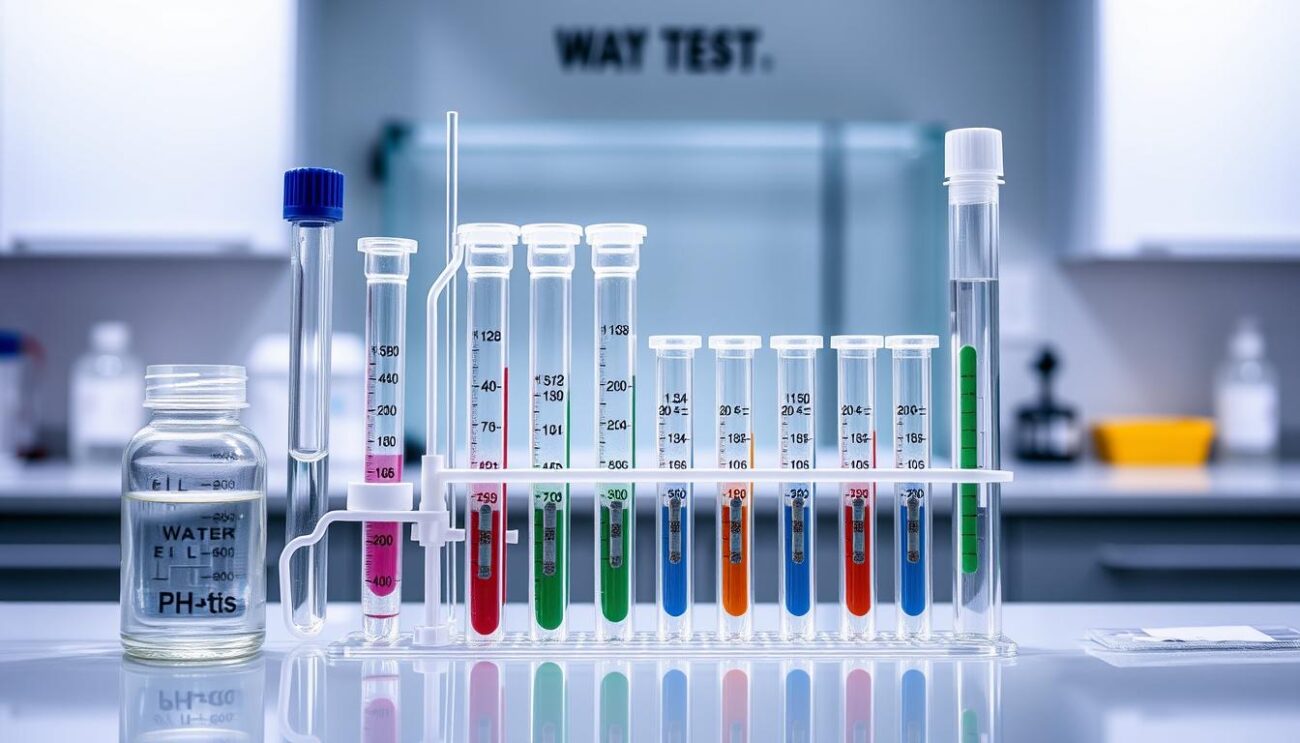
Regular Water Testing and Filter Maintenance
Test kits become your secret weapon against invisible threats. Check these weekly:
- Ammonia (aim for 0ppm)
- Nitrites (should never be detectable)
- Nitrates (keep below 20ppm)
Filters work best with scheduled care. Every 4 weeks:
- Rinse media in removed fish tank water
- Clear intake tubes of debris
- Check impeller function for full power flow
| Parameter | Safe Range | Danger Zone |
|---|---|---|
| pH Level | 6.5-7.5 | <6.0 or >8.0 |
| Water Hardness | 4-8 dGH | >12 dGH |
Live plants pull double duty—they beautify spaces while absorbing excess nutrients. Fast-growing species like Hornwort work wonders in Australian conditions. Pair them with 25% weekly water changes for optimal results. Consistent maintenance prevents "silent crashes" that stress inhabitants. Mark your calendar for monthly equipment checks and quarterly deep cleans. Your vigilance today ensures years of clear water and happy aquatic life tomorrow.
Tips for Safe Fish Introduction and Ongoing Care
Bringing new life into your aquatic habitat marks an exciting milestone, but requires gentle handling. Proper transition techniques reduce stress and help newcomers thrive alongside established residents. Let’s explore methods to ensure smooth adjustments for all inhabitants.
Acclimating Your New Arrivals
Float sealed transport bags in your habitat for 15 minutes to equalise temperatures. Gradually add small amounts of your system’s water every 5 minutes over 30-40 minutes. This slow mixing helps aquatic life adapt to pH and mineral differences.
"Never pour bag water into your main system – use a net to transfer residents after acclimation. This prevents contamination from transport fluids."
Sustainable Feeding and Population Management
Start with pinhead-sized portions twice daily, observing how quickly food disappears. Overfed meals decay rapidly, spiking ammonia levels. For community environments:
| Fish Type | Feeding Frequency | Portion Size |
|---|---|---|
| Small schooling species | 2x daily | Consumed in 1 minute |
| Bottom dwellers | Evening feed | 3-5 sinking pellets |
Introduce water conditioner during weekly 20% water changes to neutralise tap chemicals. Test water parameters 24 hours before and after adding newcomers. Maintain beneficial bacteria colonies by avoiding complete filter cleanouts. Observe interactions closely during the first week. Aggressive chasing or hiding signals overcrowding stress. As a rule, allow 4 litres per 2.5cm of adult length when calculating stocking limits. This breathing room supports natural behaviours and stable water chemistry.
Conclusion
Crafting a thriving aquatic environment begins with thoughtful planning and respects nature’s delicate balance. From selecting the right space to introducing compatible species, each step builds towards a stable ecosystem. Regular water tests become your compass, guiding adjustments to keep conditions ideal for all inhabitants. Nitrifying bacteria work tirelessly behind the scenes, converting harmful substances into safer compounds. These microscopic allies need time to establish – rushing this process risks imbalances that stress aquatic life. Pairing weekly checks with partial water changes maintains clarity while supporting beneficial colonies. Sticking to proven methods pays dividends. Follow cycling timelines closely, and don’t hesitate to consult local experts if parameters stray. Australian aquatic communities offer a wealth of shared knowledge for troubleshooting. With consistent care, your underwater world flourishes. Clear waters, active residents, and lush greenery reward those who prioritise balance and patience. Here’s to creating a slice of nature that thrives for years!

